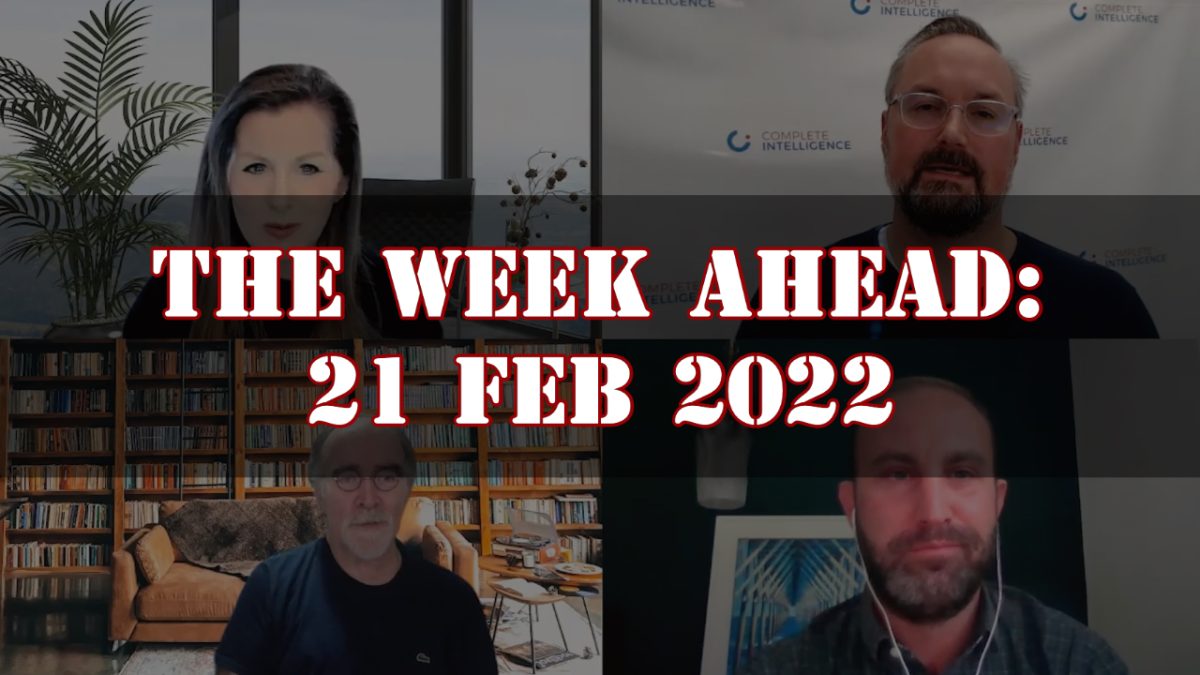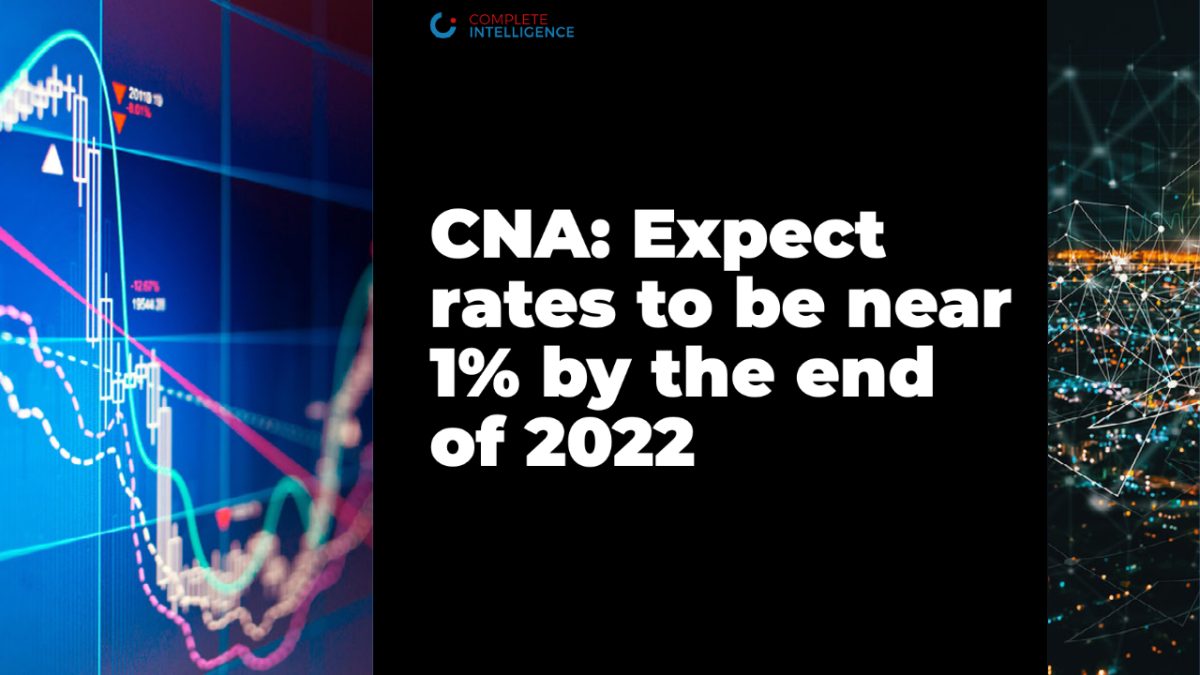This podcast first appeared and originally published at https://www.bfm.my/podcast/morning-run/market-watch/us-fed-interest-rates-inflation-earnings-consumer-sentiment on June 9, 2022.
US markets remained volatile and on a downward trend as inflation concerns heightened. With that, the US consumer is beginning to feel the pinch of rising food and energy prices. What then does this mean for earnings in the coming quarters and has this been priced in? Our CEO and founder, Tony Nash answers these questions.
Show Notes
WSN: BFM 89 nine is seven o’ six Thursday the 9 June. And of course you’re listening to the morning run. I Wong Shou Ning together with Philip See. Let’s have a quick recap on how good global markets closed yesterday.
PS: US markets closed in the red. The Dow was down .8% SMP 500 down 1.1%, Nasdaq down zero. 7%. Whereas over in Asia it’s been a mixed bag. The Nikki was up 1%, Hong Sang up 2.2%. China composite up zero 7%. I think on the back of China easing a bit on the tech regulatory concerns. However, in Southeast Asia, Singapore is down 0.2%. FBM KLCI also down.
WSN: .1% so for some analysis on what’s moving markets, we speak to Tony Nash, CEO of Complete Intelligence. Good morning, Tony. Please help us understand what is happening in US markets because it is another red day today. Why are markets so choppy this Thursday?
TN: I think people are awaiting the CPI print what’s going to happen with the inflation announcement because that number really helps to indicate if the Fed will accelerate their plans of tightening. So if the CPI runs hot, then we’ll see them accelerate potentially. If it comes in as expected, then they’ll stick with the plan that they’ve got.
PS: So the plan is to 50 basis point hikes. If you see it move higher, are you talking about it hitting 75 or like extending it for a third 4th hike?
TN: If it’s higher, we could potentially see it hit 75 maybe in June or July. But certainly we’re looking at another hike in September that’s probable right now and then maybe a 25 basis point in November. So let’s say we saw come in at nine or something like that for a developed economy like the US. These are people who normally look at inflation, 1%, one and a half percent. So 9% inflation is just something that people have not seen for a long time. And so this is really damaging to people. Wages are not very flexible here. And so I’m sure from the Malaysian perspective, you see that it’s damaging people here in the US and it actually is because wages are not as flexible here as they are in other parts of the world. So if we see CPI come in high, then you would see the set accelerate. If it comes in at eight, let’s say less than 9%, they’ll stick with the plan they have. If it comes in lower, say seven-ish they’ll still stick with the plan they have and continue to fight inflation to get it down around 2%, maybe sometime in Q1 in 2023 or something.
WSN: Okay. So let’s stay on the topic of the US economy now. Bloomberg runs a model, runs different models actually, and they say that there’s a 25% chance of recession in the next twelve months, but a 75% chance by 2023. Do you share the same view but.
TN: A 25% chance of a recession is just a hedge. Right? I mean, that’s just saying maybe it’ll happen.
WSN: It’s a chicken call Tony. It’s like being chicken.
TN: So when you look at what a recession, two months or two quarters. Sorry. Of negative growth. Right. Well, we had a negative quarter of growth in the US, and Q one of 22. Will we have a negative quarter of growth this year? Unlikely. Or this quarter? I mean, it’s unlikely because of the reasons for negative growth in Q one are not the same reasons they would be this year or this quarter. Sorry. So going forward, I don’t necessarily think we’ll have a recession, but I think it will feel like a recession to a lot of people because over the last year, year and a half, we’ve had higher overhiring in a lot of industries like technology, overhiring where companies have been afraid they wouldn’t be able to get the talent they need. So they overhire people. They’ve paid people a lot of money. So sectors like tech will likely continue laying people off. They’ve already started, but they’ll likely reassess their wages as well as they realize that they don’t need as many people as they hired. And of course, there will be other effects if tech start laying people off more broadly. So we’ve already seen housing housing in the US.
There is effectively no new mortgage applications going through on that in the US. So the Fed’s target for housing has kind of been achieved really quickly, actually. But it doesn’t necessarily mean there’s a recession. So things will feel like there’s a recession. But I’m not sure we’ll necessarily technically be in a recession.
PS: So let’s just build on your feelings, Tony, and translate this macro numbers to earnings. What is your expectation in terms of quarter two earnings? Do you expect them to be substantially weaker and how will that translate into equity markets?
TN: Absolutely, yes. Definitely substantially weaker. I mean, look at what happened to say, Walmart and Target a couple of weeks ago when they announced their earnings, they were way down. Why? Because they had way overbought inventory and they had bought the wrong inventory. Okay. So they’re paying for that now and they’re going to have to discount to get rid of that inventory. Right. I think people in a lot of industries because of supply chain issues, they’ve overbought things. And in the meantime, preferences and markets have moved on. So they’ve overbought things and they’re going to have to get rid of a lot of inventory. I think Target and Walmart got out there very early to be able to have their equity price hit hard early. But other companies will come out in second quarter and they’ll admit the same thing. So we’ll see margins really compressed. And because of that, we’ll start to see people announce more layoffs because again, during COVID, investors were very charitable to executive teams, meaning they were telling the executive, look, just stay open, just survive as a company, do whatever you have to. Right now, we’ve got markets that are normalizing.
Investors are being more scrutinizing as they should. They’re saying, look, markets are normalizing. You have to perform like an executive team should perform. You have to perform like a company should perform. So investors and markets are going to be harder on companies in Q two.
WSN: But Tony, does this then mean that when I look at the S&P 500 index, which is probably the broadest barometer of the US economy, it’s down 13 point 65% on the year to date basis. Can we expect further weakness or has this already been priced in?
TN: I don’t think it’s been priced in necessarily. I don’t necessarily think we’re going to see another 13% down, but we always hear that things are priced in. And then when events happen, we find out they’re not priced in. I don’t think it’s priced in. I think there’s more pain to come because people are realizing that they’re basically overpaying for the price of equity. Right. In a company. And so we’re going to see pressure put on valuations, and that’s going to hurt a lot, especially in tech. So we’ve already seen pressure put on valuations in tech. And you saw companies like Facebook who are just throwing off cash still and their valuation is compressed because people have just woken up and said, look, it shouldn’t be valued at that. Right. So we’re going to see that more and more, especially in tech, but also in other sectors.
WSN: So where should we hide, Tony? Will it still be in the commodity space? I mean, oil is up 2 and a half percent this morning.
TN: At where oil is. WCI is trading at 122 right now. Brent is north of that. So it’s possible that we see another 20% rise in crude, but it’s really thin air where it is now. So I think crude price really depends on the supply side. And so can OPEC pump more? Not much. Will things in Russia resolve? Maybe probably in third quarter or something like that. Right. So we really have to look at what are central banks doing? They’re trying to ratchet down demand. Right. And so if they can successfully ratchet down demand, then that will have an impact on true prices.
PS: Tony, I would love to get your view because you’ve seen a different vantage, especially in emerging markets, particularly Southeast Asia. If you saw recently WorldBank has scaled its forecast on global growth and has even highlighted the asphalt is very much vulnerable to stack flat, even recessionary pressures. What’s your view? What’s your advantage in terms of investment in EM markets, especially in Southeast Asia?
TN: Yeah, in Southeast Asia. I mean, look, in Southeast Asia, sadly, Myanmar is going to have the toughest time for the next year or two, right? I mean, we all know the political issues there. I love Myanmar, but it’s going to continue to have the toughest time, I think of the say more developed Southeast Asian countries. I think Thailand is going to continue to have a hard time Partly because of supply chain issues. It’s kind of intermediate point and if supply chains continue to stay strained and tourism continues to be relatively slow in Asia I think Thailand is going to continue to have a tough time. I think places like Malaysia, Philippines, Vietnam, I think they’re in a better position and I don’t know that you’ll necessarily get excessive gains in those markets But I think there’s more stability and more same maturity and leadership in those markets. So if I were to look to Southeast Asia on, say, a country play, that’s where I would look. I would be really careful to look at things like excessive consumption, these sorts of things. I think for the next year or so we’re going to be looking at real stables.
What do people need to live a really boring life because we’ve had this super exciting roller coaster for the past two years and we need to get back to normal and we need to look at what are people going to consume Just to have a normal day in, day out life.
PS: Boring life then.
WSN: Yeah, boring is good.
TN: I love that. Yeah, we all need a little more of that.
WSN: Thank you so much for your time. That was Tony Nash, CEO of Complete Intelligence, saying borrowing is good, we need to get back to normality which means that what investors should be focusing on Perhaps consumer staples Versus consumer discretionary and going back to core fundamentals. Looking at valuations, I think you hit.
PS: The nail on the head core fundamentals because I think investors have given companies the past throughout the pandemic most scrutiny now whether the question will be this will show dispersion and earnings variance between those high earners and low performers Will be a big question Mark as there’s more scrutiny about how you perform in this normal, boring time.
WSN: Stay tuned. That BFM 89.9.


